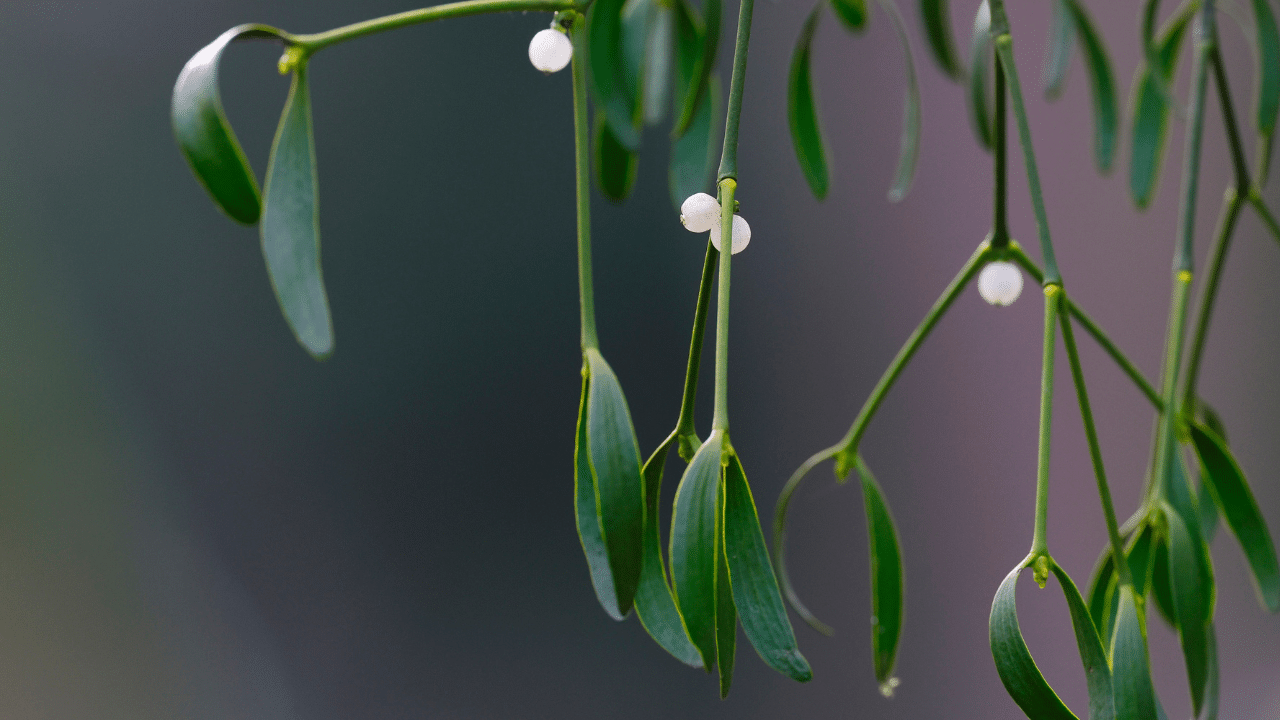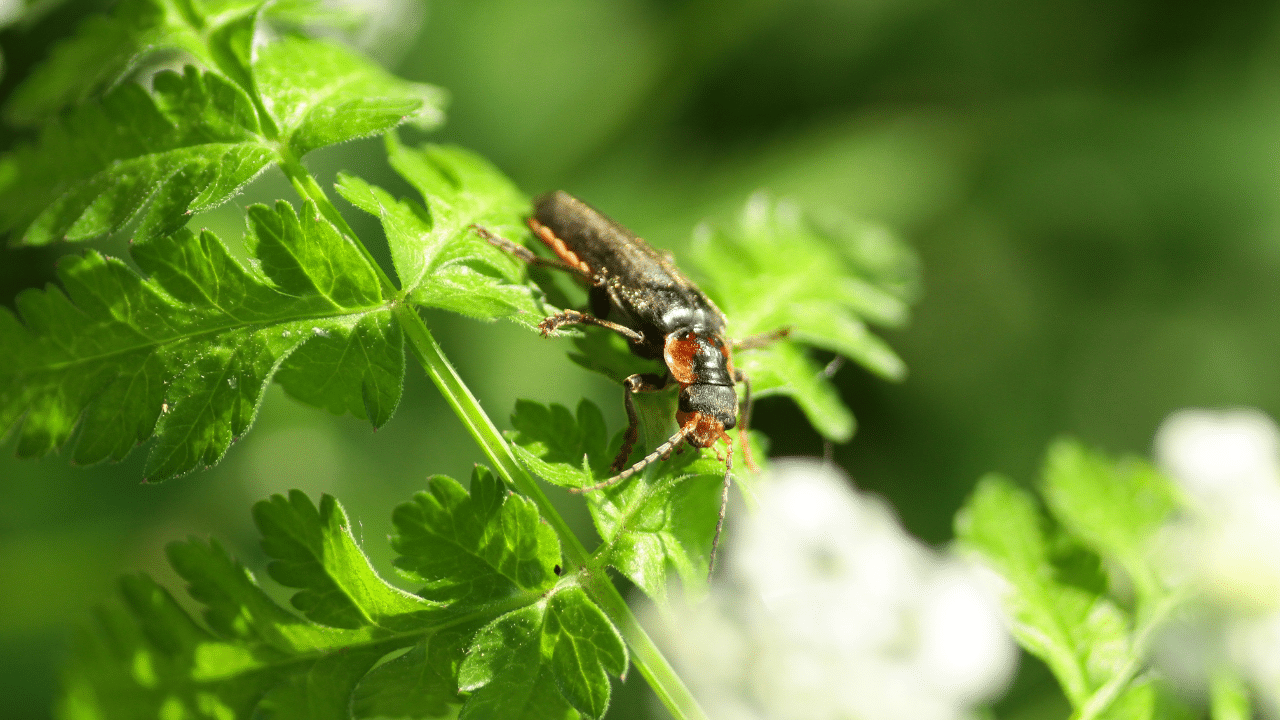
Mistletoe (Viscum album)
Mistletoe (Viscum album) Every Christmas, mistletoe hangs above doorways, inviting a kiss or two. But
Source: Animal – derived from the dried bodies of the Spanish fly/blister beetle.

Homeopath and CHE PRO Community Manager

The information contained herein should not be used as a substitute for the advice of an appropriately qualified and licensed healthcare physician or other healthcare providers. The information provided here is for informational purposes only. The views, positions and opinions expressed in this presentation are those of the presenter and do not necessarily reflect the views of CHE or affiliated organisations.

Mistletoe (Viscum album) Every Christmas, mistletoe hangs above doorways, inviting a kiss or two. But

Your Guide to Calc Tissue Salts Tissue salts, also known as cell salts or biochemic

Natrum Muriaticum vs Nitric Acid: When Defensive Minds Look Alike In practice, there are moments
